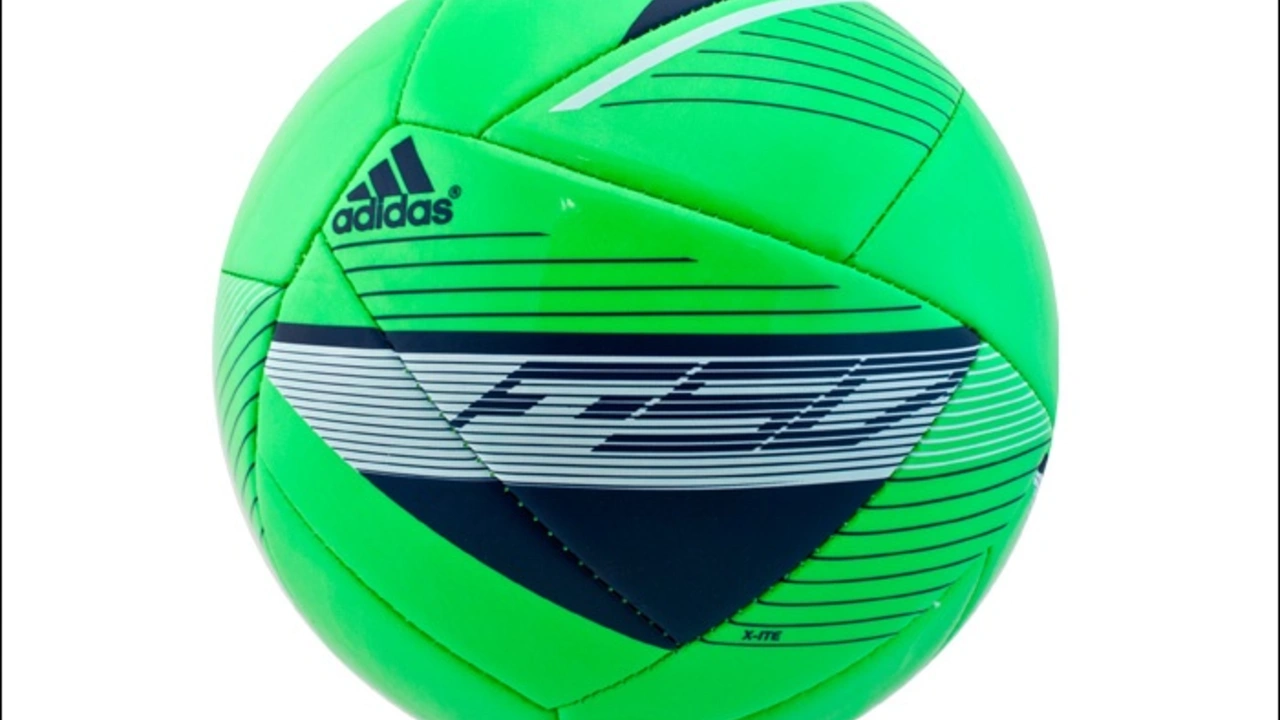Soccer Ball Basics: Choose, Care, and Play Better
When you grab a soccer ball, you’re not just picking up a piece of leather – you’re getting a tool that can change how you play. The right ball feels right in your foot, rolls true on the pitch, and lasts season after season. Below we break down the main ball types, what to look for when you buy, and easy care tricks that keep your ball performing.
Which Soccer Ball Is Right for You?
Most players start with a standard size 5 ball – that’s the official size for adult games. If you’re under 8 years old, a size 3 works better because it’s lighter and easier to control. Size 4 sits in the middle for youth teams (U‑12 to U‑15).
Beyond size, the material matters. Synthetic leather (PU) balls are affordable, water‑resistant, and good for casual play on grass or turf. Premium match‑grade balls use a blend of PU and genuine leather, offering a softer touch and better aerodynamics – ideal for serious training or competitions.
Another factor is the panel design. Traditional 32‑panel balls give a classic look and predictable flight, while newer 6‑panel or 14‑panel designs reduce seams, improving durability and creating a smoother surface. If you like a predictable curve on long passes, go for a 32‑panel ball; if you want longer life on rough pitches, pick a low‑panel model.
Keeping Your Ball in Top Shape
Even the best ball can lose its bounce if you ignore simple maintenance. After every game, wipe the surface with a dry cloth to remove mud and sweat – this prevents the panels from soaking up water, which makes the ball heavier.
Store the ball in a cool, dry place. Avoid leaving it in a hot car or in direct sunlight, as heat can warp the bladder and shrink the panels. If you notice the ball feels soft, inflate it to the recommended PSI (usually 8‑10 psi). Over‑inflating can cause the seams to split; under‑inflating makes the ball sluggish.
When you’re playing on rough surfaces like concrete, consider a training ball with a tougher outer layer. These balls absorb impact better and won’t go flat after a few kicks. For indoor play, a futsal ball – smaller and with reduced bounce – gives you better control on hard courts.
Finally, give your ball a quick check before each match. Look for any cuts, loose seams, or bulging sections. A small tear can turn a good game into a frustrating one, especially if the ball starts to wobble.
Choosing the right soccer ball and treating it right doesn’t just save money – it improves your touch, accuracy, and confidence on the field. Next time you head to the store or shop online, remember these tips and pick a ball that feels like an extension of your foot. Happy kicking!

- Jul 23, 2023
- Blaise Kendall
- 0 Comments
Which brand makes a better soccer ball, Nike or Adidas?
After comparing and contrasting, it's difficult to say definitively whether Nike or Adidas makes a better soccer ball as both have their strengths. Adidas balls are typically lauded for their durability and classic design, favored by professional leagues worldwide. On the other hand, Nike balls are praised for their innovative designs, offering a more modern take on the soccer ball with excellent touch and feel. It seems to boil down to personal preference: traditionalists may lean towards Adidas, while those seeking cutting-edge design might prefer Nike. Ultimately, both brands deliver quality, high-performance soccer balls.